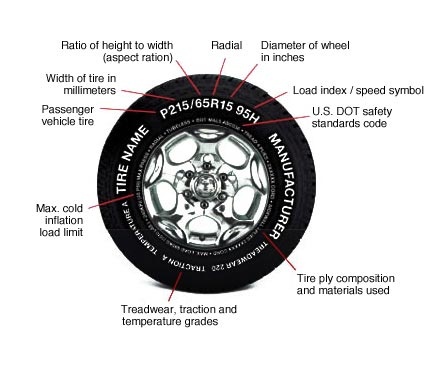Maintaining correct tire inflation pressure is very important since it helps optimize tire performance and fuel economy while over-inflated tires are just as problematic as under-inflated ones.
In fact, driving with under-inflated tires is one of the biggest causes of tire failure, according to the National Highway Traffic Safety Administration.
Besides, under-inflated tires can cause many other problems such as wearing out more rapidly, handling poorly and reducing fuel efficiency.
In addition, over-inflated tires are more susceptible to damage from road irregularities, and this also creates a bumpier ride.
Overfilling your tires is just as dangerous as under-filling them, so it’s important you know what is recommended for your vehicle.
This article will give you everything that you need know about your recommended tire pressure. These include:
Buy Pressure Gauge at Amazon
Recommended tire pressure, where to find it?Since tire pressure is so important to your safety and your car’s overall performance, it is important to know which level of tire pressure is right for your vehicle.
In fact, how much air pressure your tires need depends on several factors, including the type of vehicle, the type of tire and the intended use of the vehicle etc.
Air pressure in tires is measured in pounds per square inch or PSI. You can find your tire pressure both inside your car and on the sidewall of the tire.
How to find recommended tire pressure inside your carYou could find the manufacturer’s optimum or recommended tire pressure for your car on a sticker in the door jam, or in your owner’s manual. Some car models even place the stickers on the trunk lid, in the console or on the fuel door. For best results, look for a placard on the inside of the driver’s door, like the example in the photo below.
How to find maximum tire pressure on the sidewall of your tiresSomewhere on the sidewall of your tire, just below the big, bold letters of the manufacturer, for example, you might have noticed the words ‘Max. Press. 35 PSI.’ (pounds per square inch).
Press. 35 PSI.’ (pounds per square inch).
That number tells you the maximum cold pressure needed for your tire to carry its maximum load.
Most typical tires require about 32 to 35 pounds per square inch (PSI) of air, says Rod Tate, owner of highly rated Colony One Auto Center in Stafford, Texas.
Large trucks require much larger tires with PSIs of 50 to 60. Heavy-duty vehicles can go even higher. For example, tire in the picture below requires 41 pounds per square inch of air.
However, the tire’s maximum pressure is NOT necessarily the most suitable pressure for every vehicle upon which the tire can be used (almost all vehicle manufacturers’ recommended tire inflation pressures are less than the tires’ maximum pressure).
You really should follow the recommended pressure printed somewhere inside your car or in the manual rather than the maximum pressure. In the next section, I will explain why.
Buy Pressure Gauge at Amazon
Why is maximum tire pressure not the best?If you insist on inflating your tires to the max PSI, there will be more likely that two things below will happen
Since tires inflated to the max cannot give as much on the sidewall, you might see superior cornering, but it could be at the risk of your braking threshold.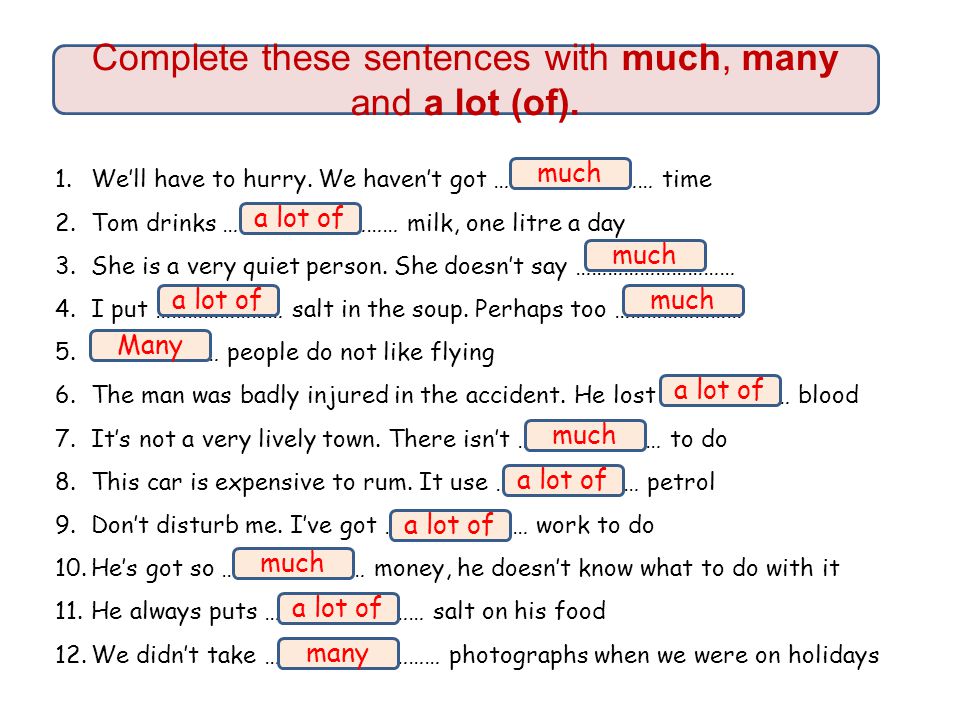 One quick corner and your back end could slide out.
One quick corner and your back end could slide out.
When your tires are inflated too much, the rubber rounds out at the top of the tire when you are driving, and the center will quickly wear out. You will also reduce your traction and you could even cause a blowout.
Therefore, maximum pressure is not the best, rather, recommended pressure is. I need to repeat here that the pressure listed on the sidewall is a maximum pressure only, but not a recommended pressure. Instead, you should use the air pressure recommended in the vehicle’s owner’s manual or tire information placard label.
How to check your tires pressure?Therefore, maximum pressure is not the best, rather, recommended pressure is. I need to repeat here that the pressure listed on the sidewall is a maximum pressure only, but not a recommended pressure.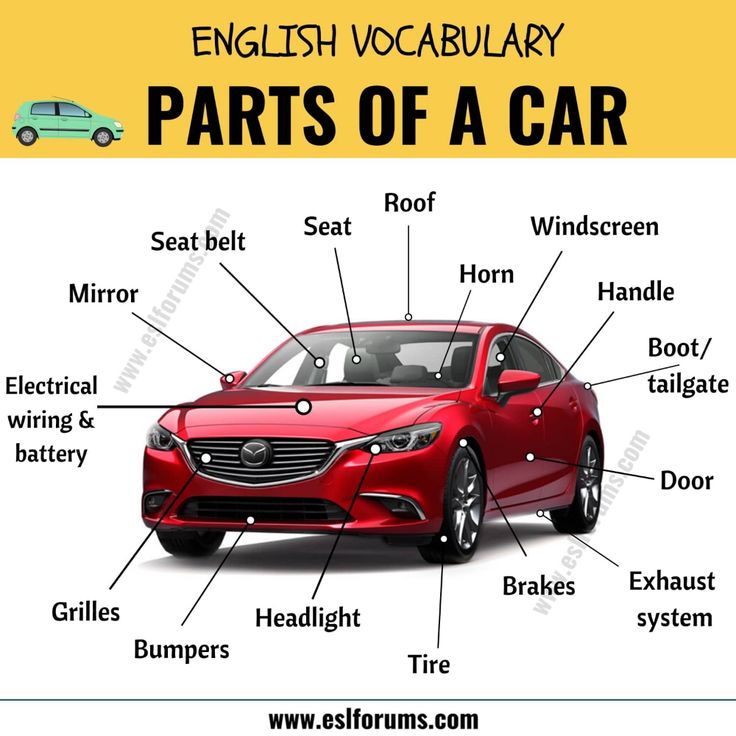 Instead, you should use the air pressure recommended in the vehicle’s owner’s manual or tire information placard label.
Instead, you should use the air pressure recommended in the vehicle’s owner’s manual or tire information placard label.
After knowing the most appropriate pressure for your car tires, you should check whether your tires have such pressure. In addition, checking the pressure of your tires regularly is one of the most important – and most often overlooked – regular maintenance that you should do to ensure your safety and quality of your driving. Monitoring the amount of air in your tires will let you know if you have a small leak and can help you avoid an unexpected flat tire.
Frequently checking your PSI becomes even more important in the fall and winter, when outside temperatures drop and weather conditions fluctuate causing your tires to lose air more quickly. Generally speaking, your tire will gain or lose one PSI for every 10-degree change in temperature, which means if you have a sudden drop of 30 degrees, you could lose three PSI overnight. If your tires were already low, this could cause tire damage, steering problems or even a flat tire.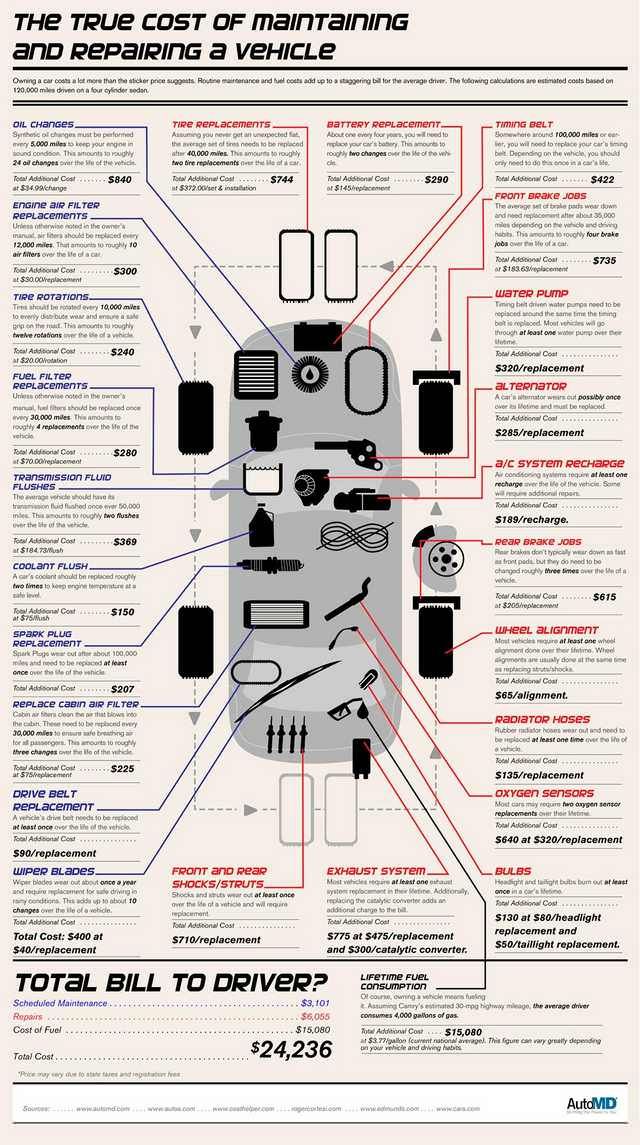
Some experts recommend that you should check the air pressure every time you refuel; others say once a month is sufficient.
How to check tire pressure properly? Checking tire pressure is easy. You can do it right at home or at the gas station. Just be sure you check the pressure when your tires are cold, or have not been driven in several hours. This will give you the most accurate reading.
The most important piece of equipment you need is an accurate tire pressure gauge. You can find battery-operated digital gauges, or more traditional stick-type gauge found at most gas stations. A good gauge should not set you back more than $15 – a worthwhile investment for a longer life for your tires.
Buy Pressure Gauge at Amazon
Make sure you have your manufacturer’s PSI handy when you are checking your tire pressure, and then follow these steps:

By checking tire pressure once a month, you will get a good idea how they are performing. If your tires are fairly new and continue to leak air, you should consult your dealer or mechanic. You may have a faulty valve or other damage that is difficult to detect which could unfortunately result in the need to replace the tires completely. But with proactive maintenance, you could catch an issue before it becomes a problem, and just end up needing a small repair.
But with proactive maintenance, you could catch an issue before it becomes a problem, and just end up needing a small repair.
Often, it is hard to spot an under-inflated tire until it is too late – in other words, it is completely flat. Of course, you could carry a gauge around at all times to measure the pressure, but that is not exactly convenient. Instead, watch for these signs and symptoms of tires that are under-inflated.
When your tires are under-inflated, your ride can be less smooth than usual. You may even find that it takes longer to brake.
When a tire is not inflated properly, it wears down more quickly. If you notice that one or all of your tires are wearing out faster than usual, it may be because they are under-inflated.
Tires that are under-inflated can make your vehicle quiver and shake, which is not a pleasant driving experience.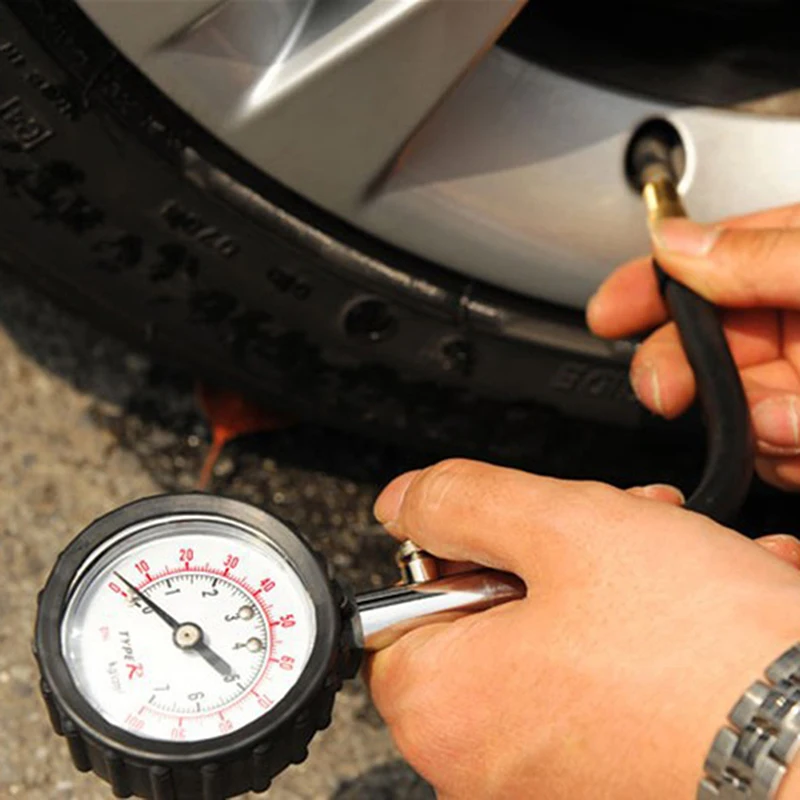 Under-inflation can even cause tires to become misaligned, with comes with it is own variety of problems.
Under-inflation can even cause tires to become misaligned, with comes with it is own variety of problems.
These are all things that you need to know about recommended pressures of your car tires. After reading this article, you will never confuse about the right pressure of your tires and will know how to check it.
Please share your ideas with me if you have other tips for this.
Alvin Reyes
Alvin Reyes has expertise in automotive evaluation. He collaborated with famous newspapers and is still making efforts in tire review for DrivingPress.com
The recommended tire pressure is the pressure established by the manufacturer of your car as the optimal air pressure for your tires. Running your tires at the correct pressure is important because it keeps you safe, cuts down your gas bill, and makes your tires last longer. Each vehicle has its own specifications for tire pressure, but most fall between 28 and 36 PSI (pounds per square inch).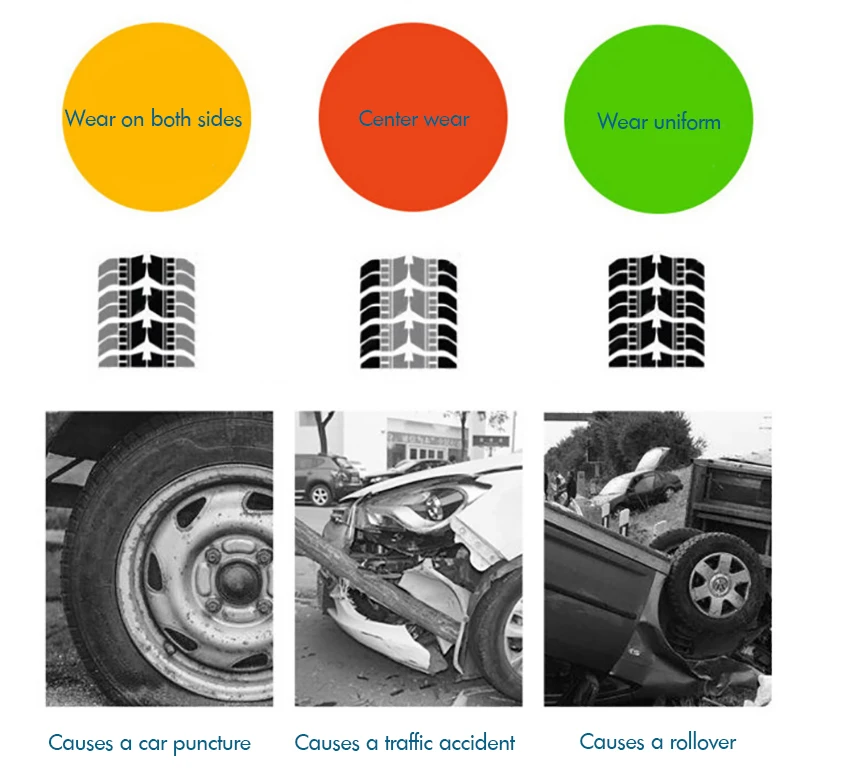
Be careful not to confuse the recommended pressure with the maximum pressure. The recommended pressure is the one you should use when filling your tires, and, as explained above, you can find on your doorjamb or in your owner’s manual. The maximum pressure, on the other hand, is usually stated on the sidewall of the tire itself in small print near the tire’s bead (where the rubber abuts the rim). This measurement is provided by the tire manufacturer rather than the car manufacturer and is the maximum amount of pressure the tire can safely withstand.
Your tires’ max PSI almost always exceeds the recommended pressure. It isn’t advisable to fill your tire to this pressure for everyday driving. At max PSI, your car does not handle as well, braking is impaired, and you could risk dangerous blowouts. Over-inflation can also cause the center of your tire’s tread to wear out prematurely and reduce the lifespan of your tires. You may want to use the max pressure on a temporary basis if you are hauling especially heavy load or towing something.
You may want to use the max pressure on a temporary basis if you are hauling especially heavy load or towing something.
Most manufacturers do not state a minimum tire pressure, per se. The recommended value is the amount of air that a tire needs for a car to handle properly and safely, and anything under that value is not recommended, so functionally the optimal value is also the minimum. Under U.S. law, vehicles are required to be equipped with tire pressure monitoring systems (TPMS) that warn the driver when tire pressure falls below 25 percent of the recommended PSI. This is considered severe under-inflation, but less drastic pressure drops are still considered moderate or mild under-inflation, and they and can still have negative consequences.
If your tires are inflated to a pressure that is below the recommended PSI (as shown in the manual or on the driver’s side doorjamb), your car will not operate safely.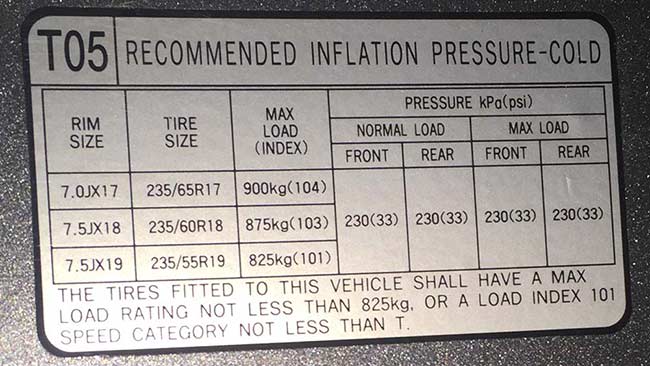 Under-inflation can cause the tire to heat up excessively, which can make the tread pull away from the body of the tire. If this happens on the highway, it could lead to a blowout and a serious accident. There are also financial reasons for making sure your tires aren’t under-inflated. A low tire has more rolling resistance, which means the car has to work harder to move down the highway and consumes more fuel. Well-inflated tires are going to save you money at the pumps. Low tires also wear more quickly and unevenly, so you will have to replace them more often.
Under-inflation can cause the tire to heat up excessively, which can make the tread pull away from the body of the tire. If this happens on the highway, it could lead to a blowout and a serious accident. There are also financial reasons for making sure your tires aren’t under-inflated. A low tire has more rolling resistance, which means the car has to work harder to move down the highway and consumes more fuel. Well-inflated tires are going to save you money at the pumps. Low tires also wear more quickly and unevenly, so you will have to replace them more often.
A tire pressure monitoring system (TPMS) uses either a direct sensor inside your valve stem or a combination of both software and other existing sensors in your vehicle to let you know when your tire pressure is outside of a safe range of pressures. If the pressure falls below the legally specified limit (25% of recommended pressure) an indicator light shaped like the letter U with an exclamation point inside it (representing the cross-section of a tire) will light up on the dashboard.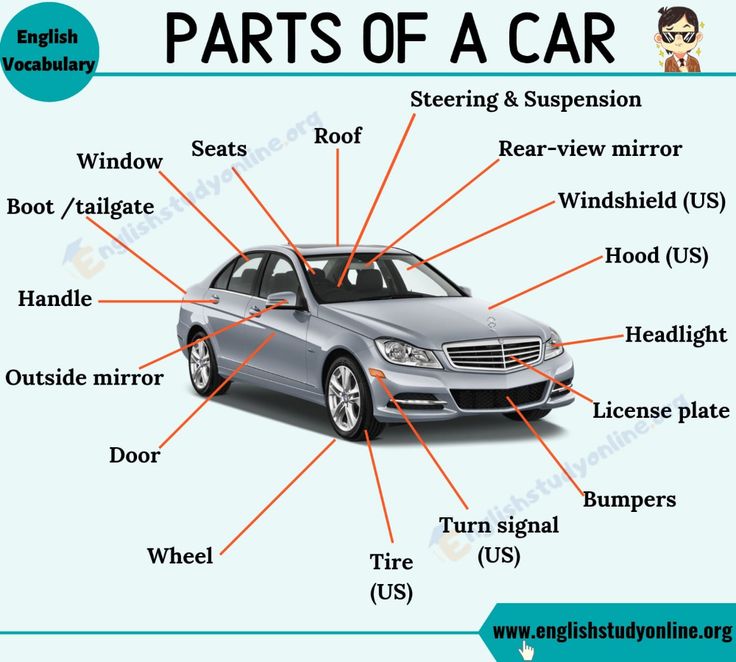 When you see this TPMS light on you should immediately check your tire pressure and make any necessary adjustments.
When you see this TPMS light on you should immediately check your tire pressure and make any necessary adjustments.
If you have further questions about tire pressure or any other aspects of your tires, find your nearest tire dealer to get some advice.
Maintaining the correct tire pressure will help prolong tire life, improve vehicle safety and maintain fuel efficiency. In this article, we will look at how to correctly measure and maintain the recommended tire pressure.
Maintaining proper tire inflation is relatively easy and makes a big difference to the overall performance of your vehicle's rubber.
Maintaining the tire pressure recommended by the vehicle manufacturer has a significant effect on driving safety, comfort, handling, vehicle stability and the economy of its operation.
Pressure is the force with which it acts on the tires.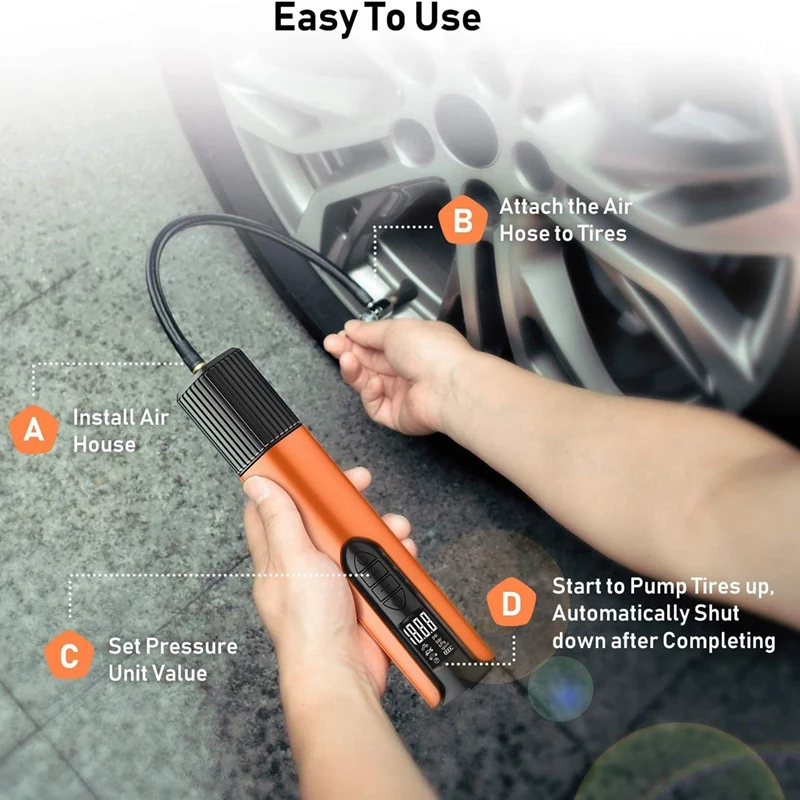 There is no single standard for tire pressure, but consider seasonality when inflating tires.
There is no single standard for tire pressure, but consider seasonality when inflating tires.
In Russia, the physical quantity of pressure is a bar, in European countries and the USA it is psi (pound force). Bars are measured in atmospheres or kilograms per square centimeter, psi is pounds per square inch.
Converting a pressure value from pounds to bar is easy: divide the value by 14.5. If you need to convert from bar to pounds, multiply the value in bar by 14.5.
Universal tire pressures in bar and psi are shown in the table:
| Unit | Values | ||||||||
| bar | 2.0 | 2.1 | 2.2 | 2.3 | 2.4 | 2.5 | 2.6 | 2.7 | 2.8 |
| psi | 29 | 30 | 32 | 33 | 35 | 36 | 38 | 39 | 41 |
The exact tire pressures of cars or trucks can be found:

If tires of different diameters were installed on the vehicle, depending on the equipment, each size may have its own value. Look in the table for your exact wheel size.
The manufacturer can prescribe the tire pressure value for different vehicle loads. You can also find recommended tire pressures for spare tires.
Car manufacturers indicate pressure recommendations depending on the following parameters:
 The reason lies in the physical properties of the gas that inflates the tires. When the temperature rises, the gas tends to expand, and when the temperature decreases, it contracts.
The reason lies in the physical properties of the gas that inflates the tires. When the temperature rises, the gas tends to expand, and when the temperature decreases, it contracts. Machine manufacturers do not always display detailed information about the above parameters.
Tires deflate very easily if they are not inflated regularly. A tire typically loses about 0.07 bar (1 psi) per month and this can lead to uneven tread wear.
A tire typically loses about 0.07 bar (1 psi) per month and this can lead to uneven tread wear.
Important: Make checking part of your car maintenance routine, and take the time to check the tread depth of your tires and see if there is any damage.
Tires recommended:
It is best to measure the amount of air in tires when the tires are cold. By "cold" it means that you did not start driving or did not drive more than 3 km before checking. If the tires on your vehicle are not cold, the pressure inside them will increase by approximately 10%.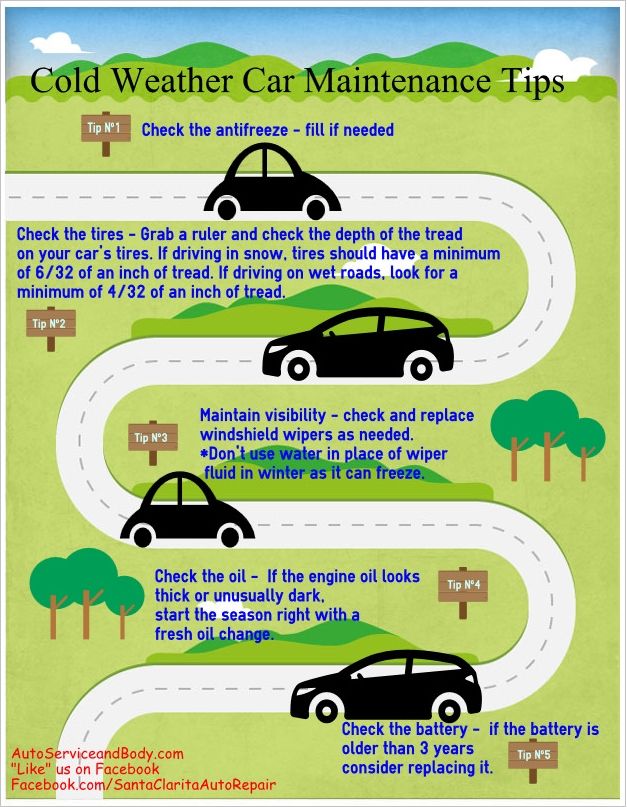
A small error in the pressure measurement will not reflect the realistic state of the wheels. Do not release excess air from warm tires, because after cooling the pressure will be lower than the recommended values.
When you need to inflate the wheels while driving, inflate 10% more than the manufacturer recommends. Then measure the pressure again when the wheels have cooled, but not earlier than 3 hours after a complete stop.
You will not be able to see changes in eye pressure. To make it easier for you to check your tires, you need to have a good and reliable tire gauge on hand, which you can find at a large number of service stations or auto parts stores. You can use the following gauges:
 Both the price and reliability, accuracy of indicators depend on its type.
Both the price and reliability, accuracy of indicators depend on its type. 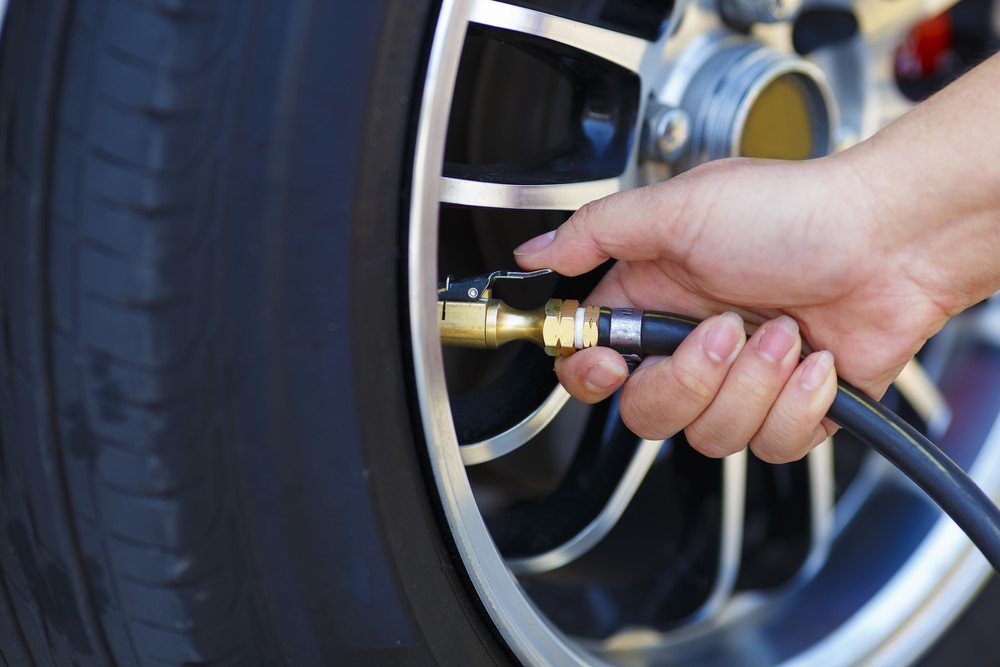 They are transparent on top, and when there is any change in pressure, they become colored.
They are transparent on top, and when there is any change in pressure, they become colored. Once you have the tire pressure gauge in hand, follow these steps to measure the readings:

Visual instructions on how and with what to measure tire pressure:
Each car model and brand has its own tire pressure recommendations. The table will help you find out about these values:
| Model | Type, radius | Front tire pressure (bar/psi) | Rear tire pressure (bar/psi) |
| Lada Vesta | 195/55 R16 | 2.1/31 | 2.1/31 |
| Lada Niva | 185/75 R16 | 2.1/31 | 2. |
| Skoda Rapid | 215/40 R17 | 2.2/30 | 2.3/33 |
| Volkswagen Polo | 185/60 R15 | 1.9/27 | 1.9/27 |
| Volkswagen Toureg | 255/55 R19 | 2.3/33 | 2.5/36 |
| Ford Focus | 215/50 R17 | 2.2/32 | 2.2/32 |
| Ford Mondeo | 235/45 R17 | 2.5/35 | 2.2/32 |
| Audi A4 | 205/60 R16 | 2.3/33 | 2.3/33 |
| Kia Picanto | 175/50 R15 | 2.3/33 | 2.1/30 |
| Kia Optima | 215/55 R17 | 2.3/33 | 2.3/33 |
| Mercedes-Benz A-Class | 205/55 R16 | 2. 5/36 5/36 | 2.5/36 |
| BMW 6 series | 245/45 R18 | 2.2/32 | 2.5/35 |
When we drive on asphalt, the tires contain an amount of air that is not suitable for off-road and mountainous terrain. Inflate or deflate your tires regularly to ensure safe driving.
Make tire pressure adjustments depending on various factors:
Let's figure out under what conditions it is necessary to make adjustments.
When driving on rural roads, it is especially important to take into account the total weight of the vehicle. Choose the tire pressure according to the load of the machine. You may notice that the recommendations say that the more cargo in the vehicle, the more inflated the rear wheels.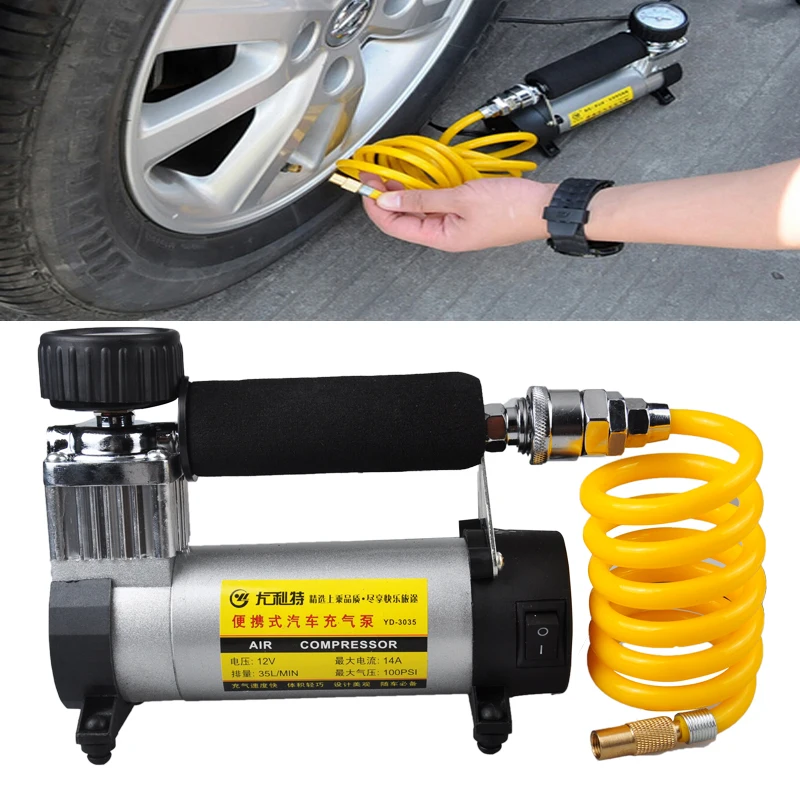
When driving on poor roads, do not drive fast, as the road surface may damage the tires.
Before a long trip, always pay attention to the recommended values, but choose average pressure values, because when driving in heavy rain and, for example, on a road with potholes, different values \u200b\u200bof the number of atmospheres are used.
If you plan to drive on unpaved roads, there are some cases when the wheels are pumped up and when the air is bled:

A large number of serpentines and sharp repeated braking in mountainous terrain is the main reason for changing the driving style of the vehicle. In this case, the tires will be very hot both from the loads and from the operation of the brake pads.
Thus, the idea that in the mountains, due to low pressure, it is necessary to increase the pressure in the wheels is incorrect, since tire heating plays an important role in such a situation.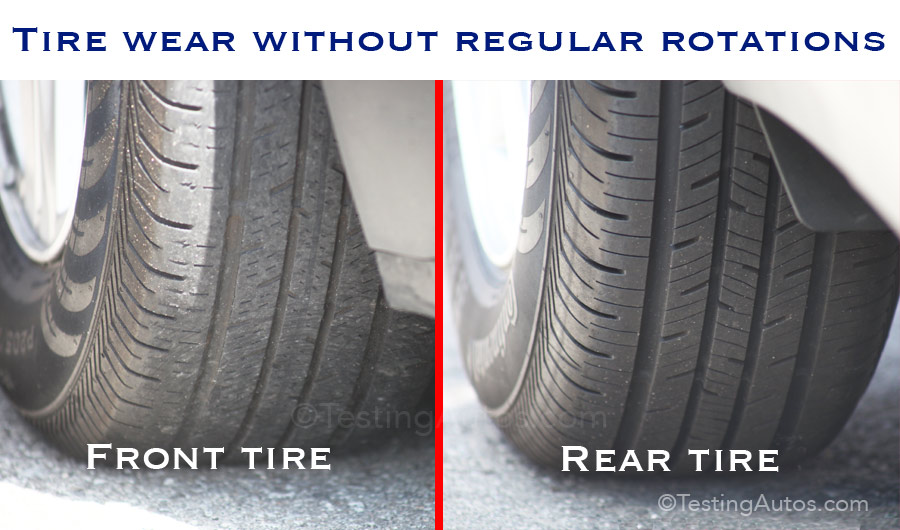
When driving in freezing temperatures on ice, packed and loose snow, for newly purchased tires, you can inflate the tires a little so that loose snow and water are squeezed out of the center of the wheel on contact with the road, and the tread works better.
For the protector to work properly:
When your car has worn winter tires, but the tread depth is acceptable, don't expect it to work like new tyres. When driving, such wheels will not self-clean. You will have to blow them off to increase the grip area with the road surface.
If you have a situation not covered above, always refer to the recommendations from the vehicle manufacturer.
With reduced tire pressure, you can only drive at low speeds, not exceeding 30 km/h.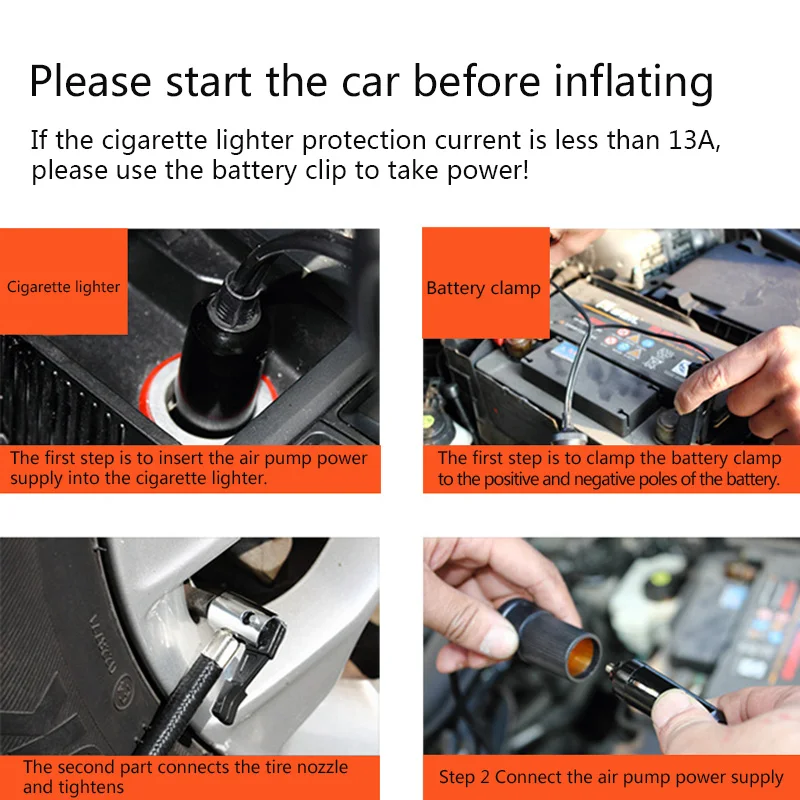 When you start driving faster, there is a chance that you will lose control of the vehicle.
When you start driving faster, there is a chance that you will lose control of the vehicle.
It is also not recommended to deflate the tires much during a sharp descent, since when braking there is a risk of blocking the rims, while the tires themselves will continue to rotate.
Tire pressure is one of the main indicators on which the safety of driving a car depends. Monitor constantly and inflate tires to the recommended values.
Over-inflated tires can really affect your vehicle's handling. Rubber with too much air has less contact with the road, which means you will have:
You will most likely find that over-inflated tires have heavy and uneven wear in the center and that this results in a shorter tire life than properly inflated tires.
Tires can quickly become under-inflated if you do not check them regularly.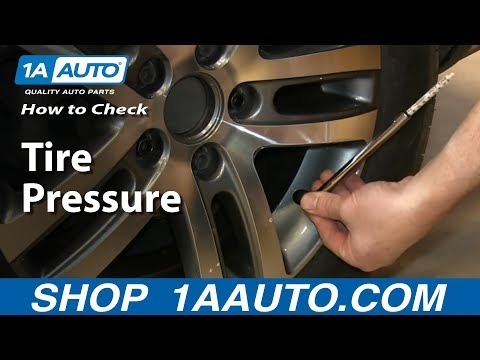 Driving with low tire pressure for an extended period of time will result in:
Driving with low tire pressure for an extended period of time will result in:
If your tires need a little more air, use a suitable pump, adding a small amount of air at a time.
You can prevent driving with inflated and flat tires by the following signs of incorrect tire pressure.
For flat tires:
For overinflated tyres:
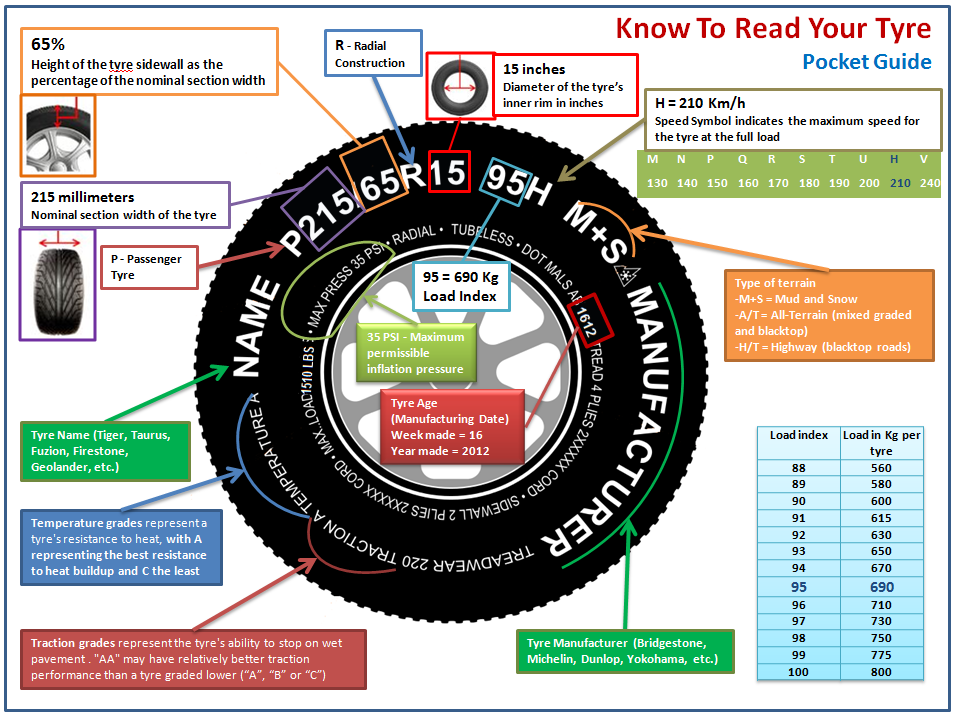
Checking your tires is incredibly important for three main reasons:
Tire pressure affects driving comfort, vehicle handling and your own safety. Check tire pressure at least once a month and most importantly before a long journey. Choose the necessary indicators for the wheels, according to the recommendations received from the manufacturer.
Chevrolet Cruze tire pressure, as in other cars, strongly affects not only handling, but also rubber wear, running gear life and fuel consumption. Constant and accurate pressure control will save you from many troubles, and it is advisable to carry it out at least once a week. We will consider all the subtleties of this issue today.
Contents
2.2 bar is the optimum pressure.
Regardless of tire size and engine, vehicle modification and body type, it is recommended that Chevrolet Cruze tire pressure be kept within 220 kPa (2.2 bar) of or 32 pounds per square inch (psi). This applies to both the front and rear wheels of the vehicle.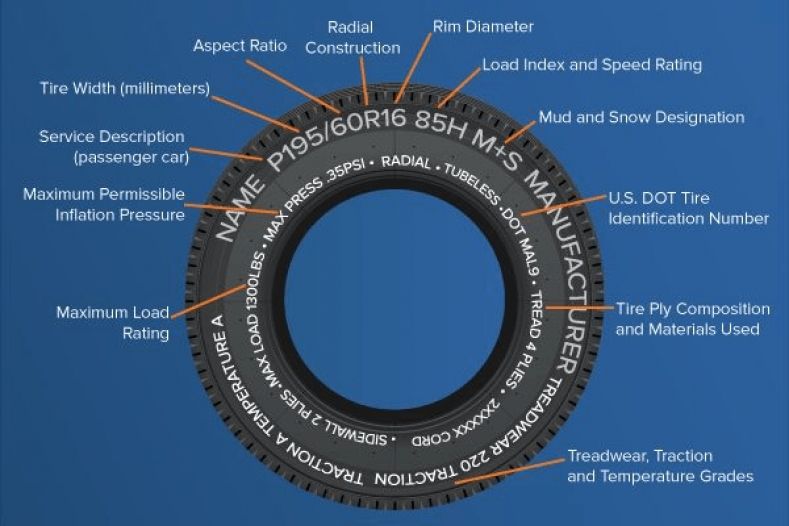
It must be remembered that the pressure is checked only on cold rubber, since when heated, the pressure gauge will increase by about 0.2 bar.
The spare tire must be maintained at the same pressure as the stock tires.
The pressure in the full size spare tire should be kept within the same limits, and the pressure in the temporary spare should be maintained at 420 kPa (4.2 bar) or 61 psi. In order not to get confused in different pressure designation standards, below is a table with which it is easy to adapt the required pressure to the designations on the scale of the pump, pressure gauge or compressor.
Conversion of pressure parameters to various units.
However, there are cases when it is possible and necessary to deviate from the norms specified by the manufacturer.
Table on body.
Chevrolet Cruze Owner's Manual indicates that the minimum fuel consumption is achieved at a pressure of 270 kPa, but it must be taken into account that the car will become much stiffer and the load on the suspension elements will be slightly higher.
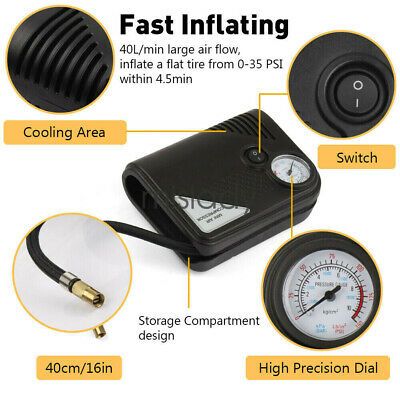
And besides, with high pressure and operation for a long time, uneven tire wear may occur - the middle part of the tread will wear out much more intensively than . Maintaining such pressure makes sense only when driving on the highway at high speed, and in the city and on a bad road, of course, you need to adhere to the ratings indicated by the manufacturer.
Tire pressure must be increased when the vehicle is loaded.
Another indication for increased pressure is vehicle loading.
The factory allows pressure increase to save fuel on a good road only when there are no more than 3 passengers in the cabin, but with a maximum load (five passengers plus full luggage), the pressure in the front and rear wheels should be at the level of 220 kPa .
A quick guide to Chevrolet Cruze tire pressure is pasted on the driver's door pillar, its photo is shown above, and in other cases it is necessary to be guided by the above data.